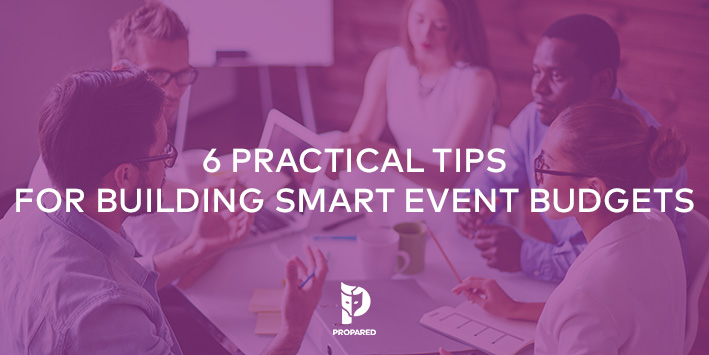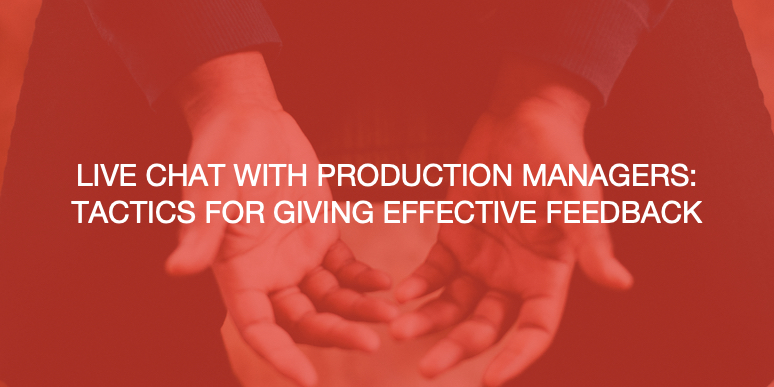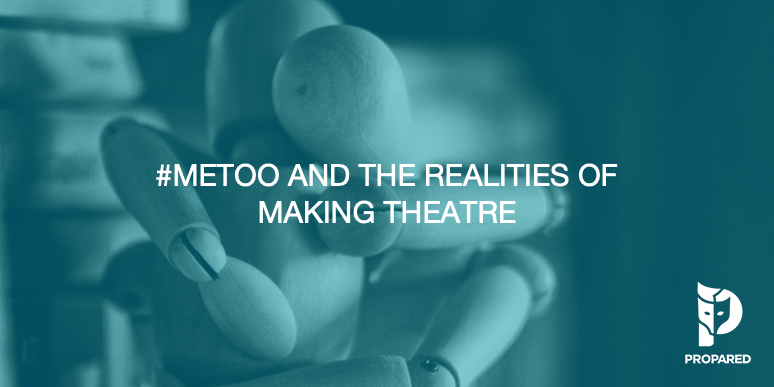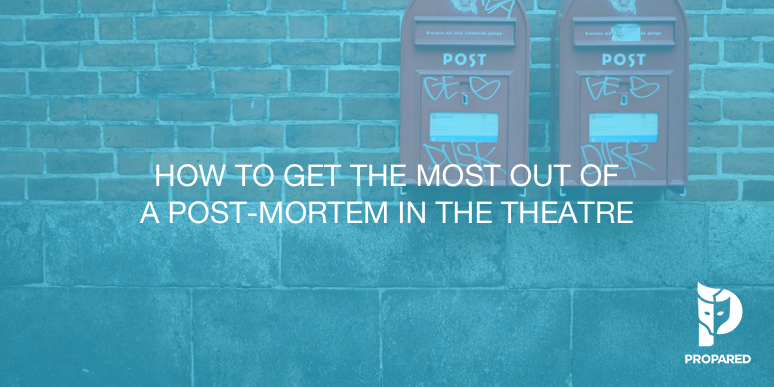
Event and production managers talk a lot about budgets. And for good reason. Budgets are hard. Hard to set and hard to discuss openly without someone feeling uncomfortable. Yet when it comes to planning events and building your checklists, you’ve no choice. Many of the decisions you make come down to whether or not it fits in the budget. The entire process can sometimes feel like a struggle to meet somewhere in the middle, while still delivering on the client’s (and your own) expectations.
How do you do it? Where do you start? By keeping in mind the following suggestions, you’ll find it much easier to estimate costs, build a budget, and deliver on target to you client.
1. Don’t try to out-guess your client
When a client asks for a budget, you might be sorely tempted to provide an exact number. You think the more accurate and specific you are, the greater the chance your event proposal will be accepted. Be wary of this urge. There are still far too many variables at play. By locking yourself into a price too early, you run the risk of having to backtrack later. This is especially true if you sense the client is counting pennies. There’s a better solution and it’s actually quite simple (full disclosure: it took me a long time to figure out. I was young!). Provide a range. Don’t be afraid to start as broadly as your client. For example if the client hasn’t nailed down the venue, give a range of potential price points, based on the type of venue he or she has in mind. Same goes for the number of attendees. Over time, you’ll be able to narrow your range as you see more and more scenarios play out. The main goal is to give yourself and your client a helpful starting point.
2. Start with the big buckets and work your way down
Based on the type of event, make some broad assumptions about the key elements of the event. Is it a gala dinner? Catering tops the list. Is it a corporate retreat? Transportation is going to be a bigger deal. Entertainment and Music, Venue, A/V, and so on. Identifying these big buckets will make it easier to flesh out finer and finer details. Which in turn leads to better estimating and budgeting.
3. Turn Over every Stone
Initial budgeting is a lot about expectation setting. For both of you. What the client can expect to spend and what you can expect to deal with in your planning. It’s also the time to identify and dispel any bad assumptions. This happens when a client’s understanding of certain costs differ greatly from the actual costs. It can be tough sledding at first, because most early meetings are thin on the particulars. Even so, no one likes surprises. Make sure you’ve covered everything, and I mean EVERYTHING the client is likely to encounter in relation to spending. One of my biggest worries when building budgets is the fear that I’ve forgotten a major piece of the puzzle that will tack on a lot of unexpected cost. Better to over plan than under. Of course, you might be working on a new type of event, or just getting started in the industry. How can you know what you don’t know? Consider the next tip.
4. If you’re unsure, seek outside input from others
Part of the challenge of building a budget is that you have to estimate costs for all departments of the event. Some may be unfamiliar to you. If this is your first wedding, do you know the ballpark price for a high-end caterer in your area? Planning a film screening? How much does it cost to rent a projector? Don’t be afraid to reach out to a venue or vendor for a ballpark price before wildly guessing. If you’ve got colleagues who specialize in certain types of work like lighting, sound, or video, pick up the phone for a hot second. Which leads to the following piece of advice…
5. If You Don’t Know the Answer, Say So
Do you ever get embarrassed when someone asks you a question you should know the answer to but don’t? Join the club. Let yourself off the hook. You can’t know everything. There is always something new to learn. Rather than fake your way through a half-baked answer, tell the client you don’t know. Look him or her in the eye, confirm you’ve taken the note, and that you will get back to him or her ASAP with an answer. The client will appreciate it.

6. Always build in contingency for each of the big buckets
No matter how good you are, unexpected situations will arise. Once you’ve put together a realistic estimate, add a minimum 20% contingency. Contingencies are provisions you set aside in case any unplanned issues arise. You build contingency plans for various situations (weather, security risks, etc.) and you should do the same with the event budget; venue costs, labor overtime, client add-ons, and so on. Depending on the situation, you can either build it into your budget ranges or add a “contingency” line at the bottom of your quote. If the initial requirements you’ve been given are vague, that contingency may climb. If you’re stressed about adding this line item, remember that you are doing it for the sake of the client. It’s far better to have to tap a contingency you’ve already accounted for than need to explain to the client why you went over budget. Besides, as a rock star event planner, you’ll deliver on budget no matter what, right?
Budgeting isn’t something you can just fumble your way through. If you want to be a really successful event manager, you’re going to have to develop your skill at it the same way you would anything else. By working only from the information you have, you’ll save yourself from making unrealistic promises. Remember to treat your initial budget like a conversation starter. It is often some mix of formal quotes and broad estimations. It can’t be carved in stone and the client knows that. As long as you aren’t wildly off by some order of magnitude, you’ll be fine.
How do you build budgets? What advice can you share from your experiences? Let us know in the comments section.



